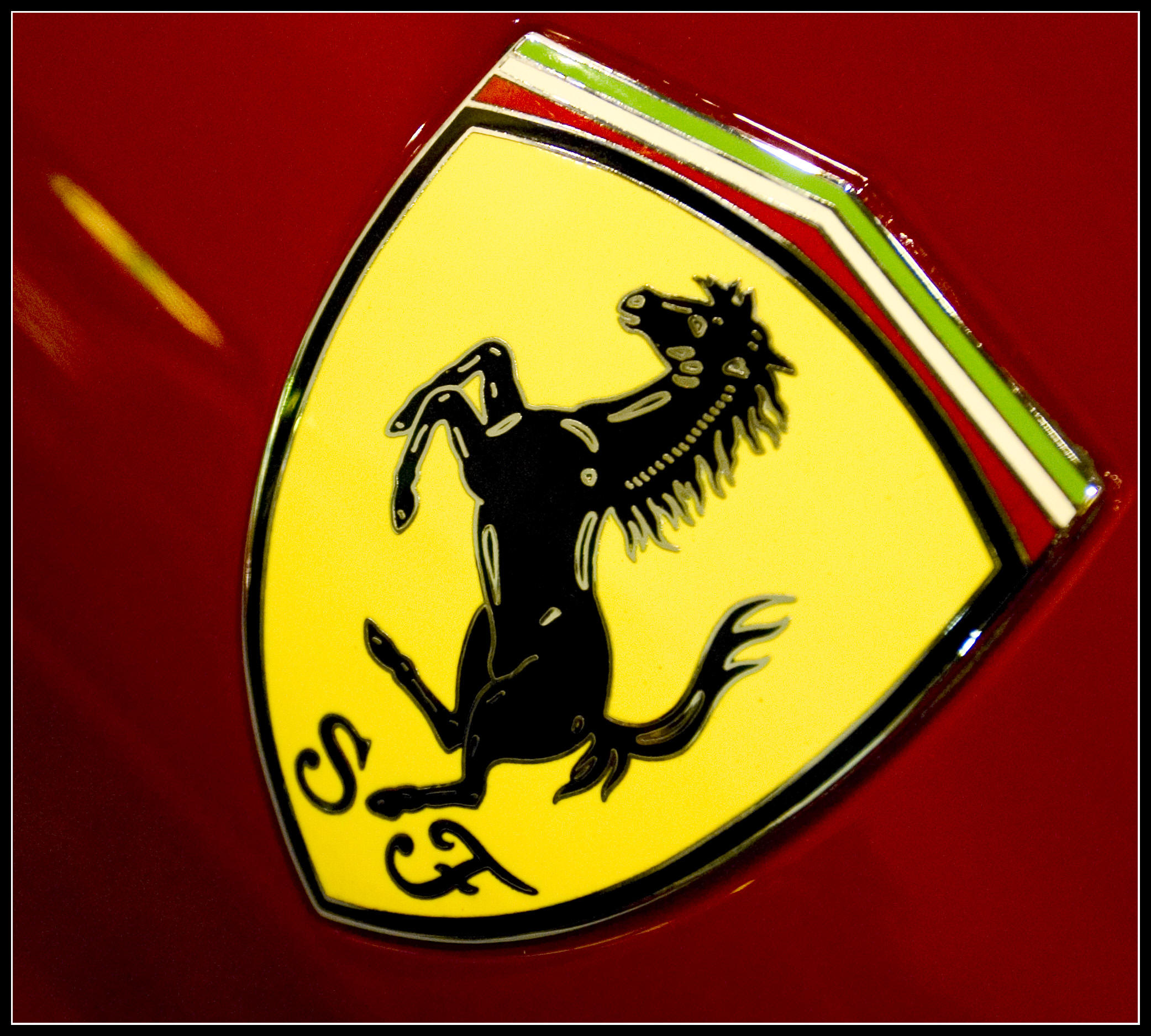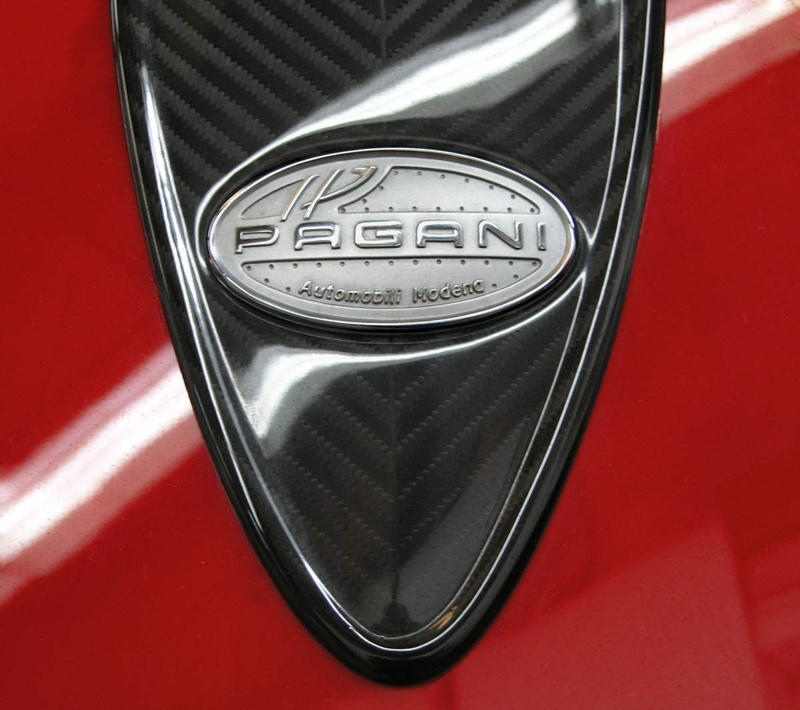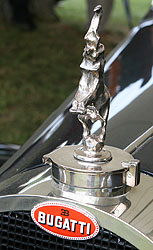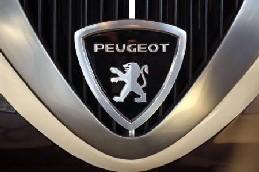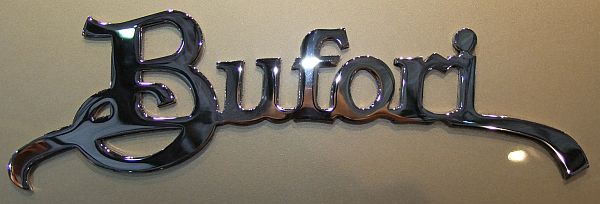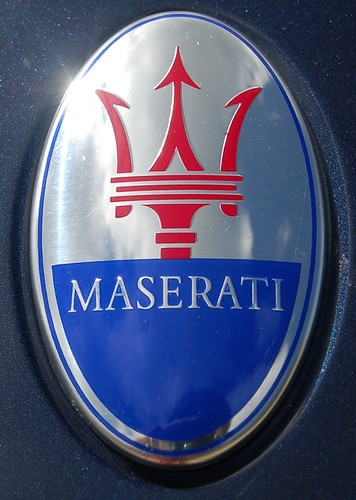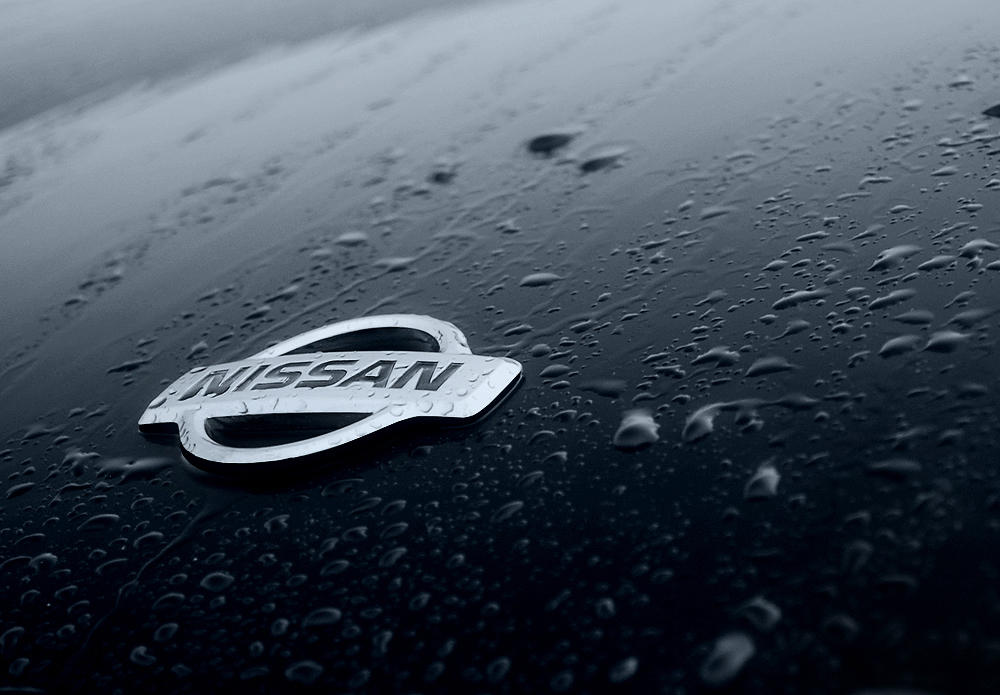

CUER Solar Car "Bethany"
Specification | Reviews | Photos | Latest Price
Building a solar car is a very ambitious goal, but one that is achievable through hard work and commitment. One of the first things to do is to organize a group of people interested in building a car, and planning a specific goal. How much money will you need to build a solar car? If the least expensive parts are used, the cost of a solar car is about $12,000, not including trip costs to the competition. You will need a core group of fundraisers who are willing to spend the year making presentations to businesses and speaking to individuals at their home. You will also need to assess what materials and tools you need and get several people focused on building the car itself. It may be a difficult road the first year, but the things you learn along the way will last a lifetime!
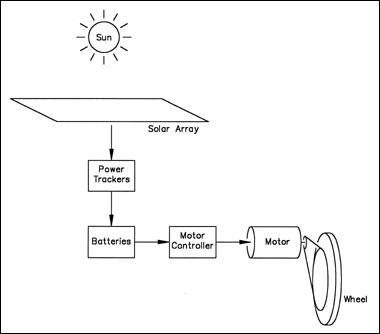
Solar cars are powered by the sun's energy. The main component of a solar car is its solar array, which collect the energy from the sun and converts it into usable electrical energy. The solar cells collect a portion of the sun's energy and stores it into the batteries of the solar car. Before that happens, power trackers converts the energy collected from the solar array to the proper system voltage, so that the batteries and the motor can use it. After the energy is stored in the batteries, it is available for use by the motor & motor controller to drive the car. The motor controller adjusts the amount of energy that flows to the motor to correspond to the throttle. The motor uses that energy to drive the wheels.
The Cambridge University Eco Racing team's (CUER) new solar racing car - Britain's brightest hope for the Global Green Challenge - will be launched at Goodwood Festival of Speed this Sunday 5th July. Currently codenamed 'Bethany', the car will be unveiled with its official name at the world-famous motorsport festival.
Bethany will drive the track between 12 - 1pm in front of the world's press.
F1 championship leader, Jenson Button, will launch Bethany with an official unveiling.
Bethany will also be on display in the FoS-TECH pavilion for the duration of the Festival (Friday 3rd - Sunday 5th July).
Cambridge University Eco Racing in the Media
Whilst the CUER team has been manufacturing the latest model of their car, Bethany, their prototype solar-powered car Affinity has been on the road attending some high profile media events, and sharing the excitement of their project with local schools.
Affinity, was featured on The Gadget Show on Channel 5. Presenters Jason Bradbury and Ortis Deley were delighted by the vehicle’s performance as they raced around a park in Birmingham.
First stop was an appearance at the world premiere of eco-documentary ‘The Age of Stupid’. Piers Guy, one of the stars of the film, arrived at the premiere in Affinity, driving up the green carpet to a special solar-powered cinema in a tent in Leicester Square. The solar car caught the attention of numerous celebrities, who had all arrived by low-carbon transport including bikes, electric and biodiesel cars, rickshaws and public transport.
After the premiere it was straight back on the road for Affinity as members of the CUER team travelled across Europe to exhibit the car at CleanEquity Monaco 2009. The conference, organised by Innovator Capital, showcased clean-tech companies from across the world, including PowerSi Technologies (a Department of Engineering spin-out). Affinity was displayed outside the Monte Carlo Casino, alongside other environmentally-friendly vehicles including a Tesla Roadster and Vectrix scooter, as well as the Place du Casino's usual Ferraris, Bentleys and Lamborghinis. HSH The Prince of Monaco closed the two-day conference, where he viewed Affinity and met members of the CUER team. Prince Albert II has long been a supporter of green technologies and it was an honour to meet him.
Closer to home, CUER has been visiting local schools as part of the team’s outreach programme. Successful visits were made to the Leys School, Perse Prep School, Thriplow C of E Primary, St. Anne’s C of E Primary (Godmanchester) and Stoke College (Suffolk). Pupils were able to watch Affinity in action, as well as building and racing their own solar buggies. The Stoke College visit was reported in the Haverhill Echo.
n 2009, Cambridge University students had high hopes when they designed The Bethany, a solar powered vehicle, to compete in the World Solar Challenge across the Australian outback. Unfortunately, the team came 14th in the epic 1,800-mile race due to being sidelined by a bad battery. But they aren’t giving up – they’re prepping the Endeavour, version 2.0 of the Bethany solar car, for the race in October and it looks like it could be a winner!
The original vehicle was covered with 6 m2 of solar cells and only weighed 170 kg. It was equipped with a battery management control system, an energy generating braking system and an energy-efficient hub motor. But Alisdair McClymont and his team are making modifications to the old model. “We had quite a good car, but it wasn’t reliable enough. We’ve made a lot of modifications to ensure it is reliable. Our goal is to finish as highly as possible.”
They started by replacing the 5-kilowatt-hour lithium-polymer battery pack with a 4-kilowatt-hour lithium–iron phosphate unit which is heavier, but cheaper and more robust.
“The battery won’t be a problem this year,” McClymont said confidently.
The team will face tough competition however. They will be up against the defending champions from Tokai University in Japan and the Nuon Solar Team of Delft University, the Dutch team that won the four previous races. Good luck guys – do Blighty proud!
Solar Powered Bethany Race Car
The World Solar Challenge across the Australian outback is coming up, and we’re already seeing some truly incredible vehicles going for the gold. Take the Bethany, a solar powered vehicle designed by Cambridge University students. The vehicles is capable of achieving close to 60 miles per hour. Doesn’t sound to impressive? Try doing it by using the power required to run a hairdryer.







